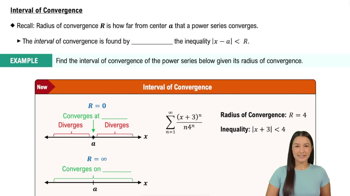{Use of Tech} Approximating net area The following functions are positive and negative on the given interval.
f(x) = sin 2x on [0,3π/4]
(b) Approximate the net area bounded by the graph of f and the x-axis on the interval using a left, right, and midpoint Riemann sum with n = 4.






